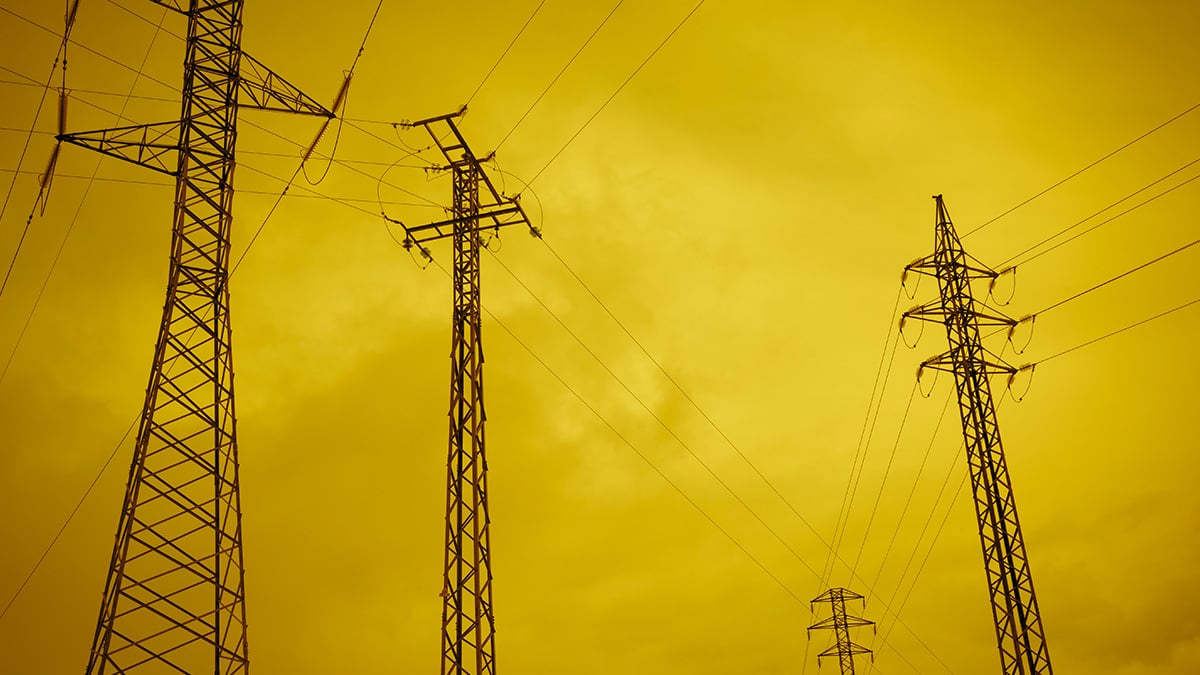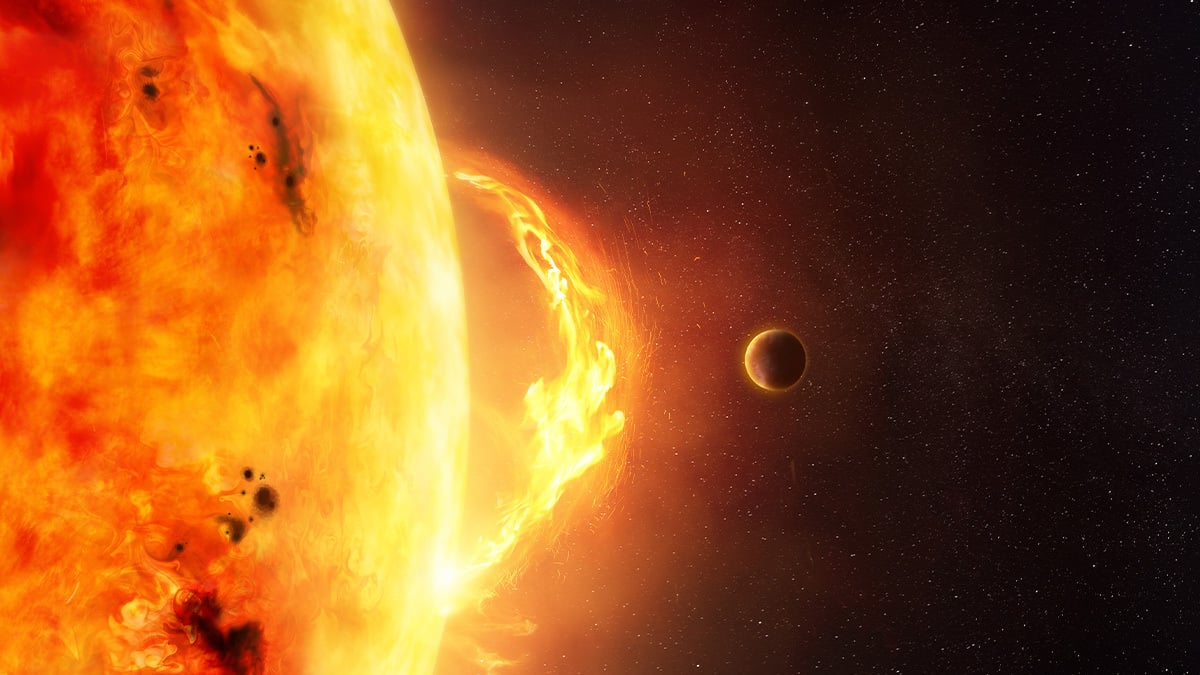This warning is not a new one, we have been told for some years now that there is a strong likelihood that a powerful solar storm could potentially disrupt the internet for an extended period of time. But if you think; “Oh well I could do with some time away from social media” is all there is to it, think again.
Many things that happen in nature are cyclical. Earthquakes, volcanoes, and extreme weather, these all have a tendency to repeat themselves within certain timeframes. The earth is constantly shifting and moving, but scientists can often predict roughly when an event may occur based on how it has in the past and by monitoring it in the present.
This natural disaster, however, does not originate from underground, but from space. Scientists at NASA have known for a long time know that a massive solar storm is due within the next decade, but newer information has brought to light just how much damage this storm could potentially wreak. In an article written for The Economic Times, it expresses that one such problem this solar storm could cause is a complete shutdown of the internet for several months.
What is a Solar Storm?

The sun, as we know, is a giant ball of gas. Mainly hydrogen and helium to be precise, held together by gravity as a result of its mass. Occasionally, the sun emits huge bursts of energy which take the form of solar flares and coronal mass ejections. These solar flares can fluctuate in intensity and they do have an impact on our planet, one of the main ones we can visibly see is that they can add a major boost to the Aurora Borealis, or “Northern Lights,” making it brighter and more visible.
This is because the Northern Lights are created by electronically charged particles from the sun entering the Earth’s atmosphere at high speed and reacting to its magnetic field. When a strong solar flare occurs it intensifies the amount of particles that enter our upper atmosphere and creates a stronger reaction.
A very strong solar storm could potentially interrupt radio signals, power grids, and our communication systems as the electronically charged particles interact with our magnetic field. To put into perspective just how powerful a solar flare can be, the energy ranges from the equivalent of ten million hydrogen bombs to a billion hydrogen bombs. Bear in mind that the explosion itself is happening roughly 94.5 million miles (152.07 million km) away, we are just getting the blow off.
How Does It Affect the Internet?

If a large wave of electronically charged particles is emitted from the sun and enters our atmosphere it could interfere with the electrical grid and mess with radio waves and GPS systems. Scientists such as Sangeetha Abdu Jyothi of the University of California, believe that the internet’s infrastructure is also at risk, specifically the undersea internet cables with the storm affecting the electronic internals of repeaters. If enough repeaters are damaged it would leave the whole thing inoperable. Though she wrote in her 2021 study on the matter that the chances of this happening are between 1.6 and 12 percent.
However, not enough is in place to handle these kinds of situations, leaving the safety of the internet during one of these super solar storms very much at risk. Though the grid may come back online, it could take months for the internet to return if something like this were to happen. As reported by Wired, Jyothi states, “There are no models currently available of how this could play out. We have more understanding of how these storms would impact power systems, but that’s all on land. In the ocean it’s even more difficult to predict.”
It isn’t all apocalyptic news though, many have differing views on just how big an impact one of these storms can have on our planet, with Thomas Overbye, director of the Smart Grid Center at Texas A&M University, stating that our lack of understanding them is a part of the problem.
“There are some people who think a geomagnetic disturbance would be a catastrophic scenario and there are others who think it would be less of a major event. I’m kind of in the middle. I think it’s something that we certainly as an industry want to be prepared for and I’ve been working to develop tools that assess risk. But yet there are a lot of other things going on in the industry that are important, too.”
Why are we worried now?

The sun recently emitted a rather large solar flare on June 20, 2023. The flare was considered an X-size flare, meaning it was one of the larger flares observed. There is a possibility that this same location or “sunspot” could emit another one of these flares and it is currently facing toward Earth. It has previously been predicted by NASA that we would face a large solar storm in 2025, but a few are beginning to think that this estimate was a bit of an undershoot, and it will arrive this year instead.
After the mess that was the global response to COVID-19, we are being shown just how ill-prepared our governments are for these kinds of global situations. This could mean that we would not have a strategy in place if we lose the internet and this goes beyond, “Oh I can’t get my daily fix of Instagram or rage against strangers on Twitter.” The modern world is run through the internet – our communication, our work, our healthcare, our education, our global security, and our government, it’s all online. To lose it would result in a massive crisis.
It’s not all doom and gloom though. There are things being put in place to minimize the risk, with NASA using their Parker Solar Probe and AI to help predict when a solar flare might happen and give us a 30-minute warning which means we could temporarily shut down. NASA’s site states; “This could provide just enough time to prepare for these storms and prevent severe impacts on power grids and other critical infrastructure.”
There is no need to start running around like headless chickens. The chances of a full-blown internet loss are extremely low and if it does happen, well there isn’t much your average Joe can do about it. Maybe start getting back into reading books, keeping important notes off the cloud, and backing up key files and documents if necessary. These are all fairly standard things anyway, and hey, we have other more pressing matters to worry about when it comes to our planet than this right now.











Published: Jun 26, 2023 10:55 pm